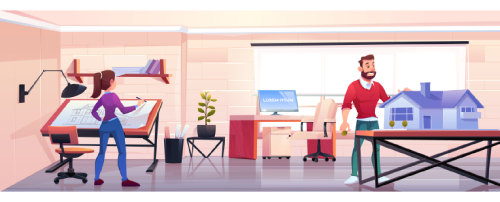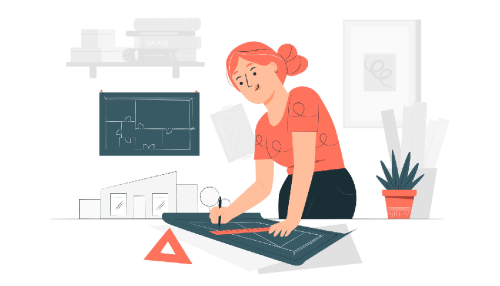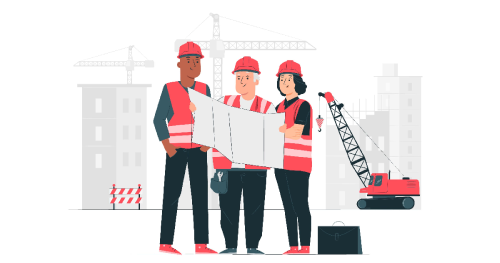A step-by-step guide
You have wished for years to build your custom home. Now is without a doubt the best time to go for it. The procedure of designing a house is extremely challenging and demanding, since it is the first stage of making your dreams a reality. If you are struggling in finding a pre-planned arrangement that meets your needs, you are in the right place. Space Designer 3D is the software that will help you draw a 3D view of your house design. In this article, we will give a step-by-step guide to designing your ideal home.

Start with "why"?
Prior to starting your project, think. What motivates you to design your home instead of getting it from a home manufacturer? Each house manufacturer’s techniques are unique. Some might be adapted to your needs, while others might not. But designing a custom home is no small feat. Throughout the entire process, it is essential to rememember why you wish to design your own home. This reminder will help you when faced with the very real challenges of taking on a project this size.
Layout:
The first step is putting together a brief. The brief sets out the entirety of the prerequisites for your project and will assist you for its entire duration. The initial element to keep in mind is the size of each room and basic room data. The second element you need to consider is the house flow, the layout of the interior. Try to ensure that it will be in line with your family's way of life. For example, designing an open-plan kitchen, linked to the lounge area so you can cook while gossiping with your family and guests. Or laying down a seating zone outside with a fire pit, to enjoy the long warm summer nights, cooking s’mores with loved ones.

Architectural style:
The next point that you ought to remember for your brief is its structural style. Do you need a contemporary or traditional house? Is there any part of the landscape near your home that you want to see through the window of your bedroom? Where to put your windows to get the most sunlight... One significant component of your brief would be the warming system and how significant the home's energy proficiency is. Would you like to construct a low-energy home, or is this not a priority? And secondly, your financial plan, which is perhaps the most vital component of the brief for the viability of the plan. The quantity of money you can spend on your project essentially decides the designer's plan, so it is critical to lay down the spending plan as precisely as possible. The very last component to consider is simply the timescale for your construction. It is encouraged to focus on the beginning date of your undertaking instead of its finishing time. Lay aside enough time for delays, as they are sadly almost always unavoidable.
What is a floorplan and what is it used for?
A floor plan is a scaled sketch that shows the locations of the rooms, furniture and equipment from above. Architects and designers frequently use floor plans as a visual apparatus. Ideally, you want to plan your home around Feng Shui, an ancient Chinese philosophy that aims to find balance and harmony between elements. It follows a few basic rules to help the “flow” between space. It is said that Feng Shui is the way individuals are impacted by the architecture. A few common rules are, the front entryway can't face up to lift, steps, or the passage directly. The key to a decent Feng Shui floor plan is the location of windows and doors. The connection among doors and windows in the room decides the energy flow. Consequently, the bed in the room should not be excessively near the windows. High energy amount of Feng Shui in the room is essential to happiness.

What to do with you final design?
The final design is sent to an architect. Don’t be hesitant to furnish your design with as much extra data as possible. An engineer or architect should be engaged with each phase of your project and should understand your way of life, so your vision for your house is fulfilled. The architect or engineer will take your brief (thoughts, prerequisites and budget) and the information about the site, then will start working on the design handed to him.
Floor plans are lifelines. Their responsibility is to guarantee that all difficulties are looked at and assessed before development starts. Space Designer 3D is the floorplanner that will assist you in making a 3D vision of your design project, and communicating as seamlessly as possible with all the specialists who will intervene during the construction.
